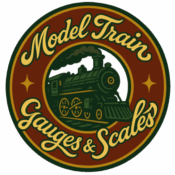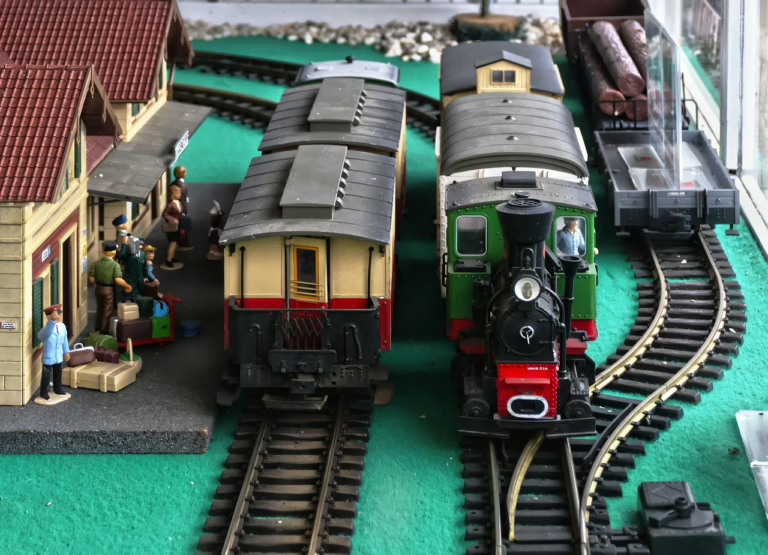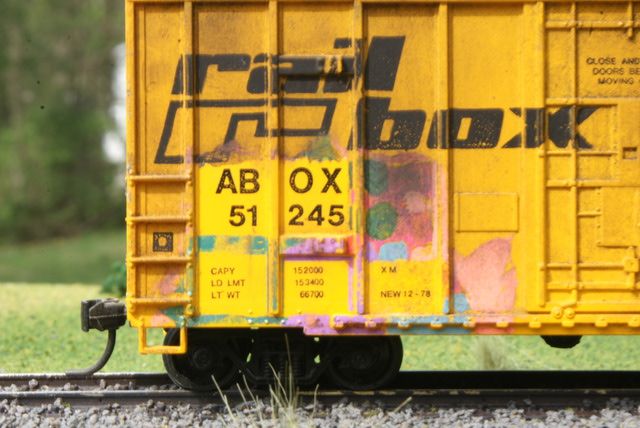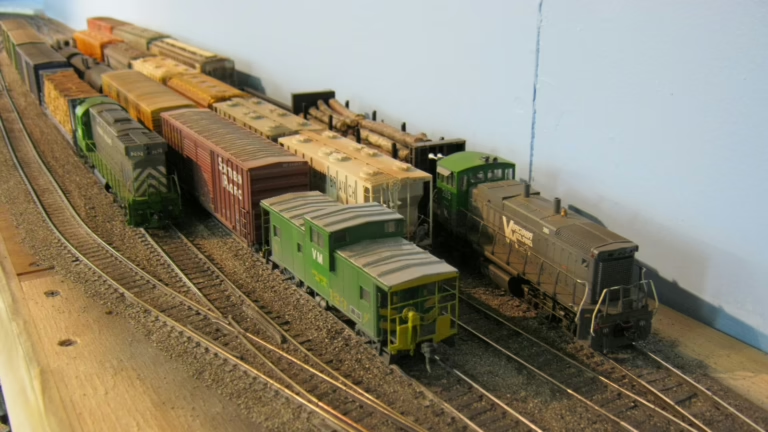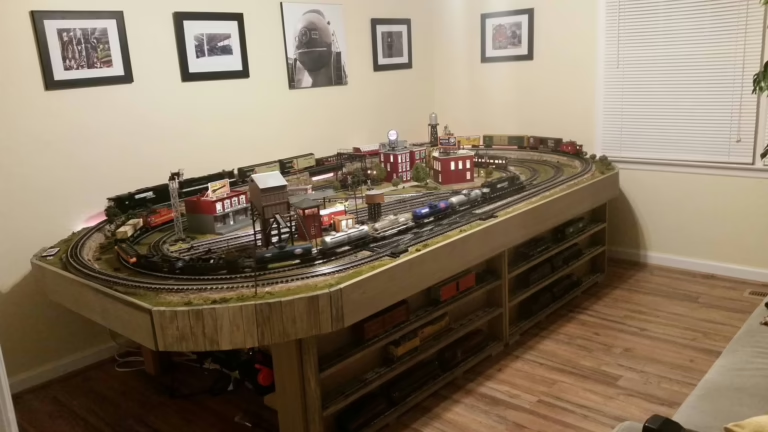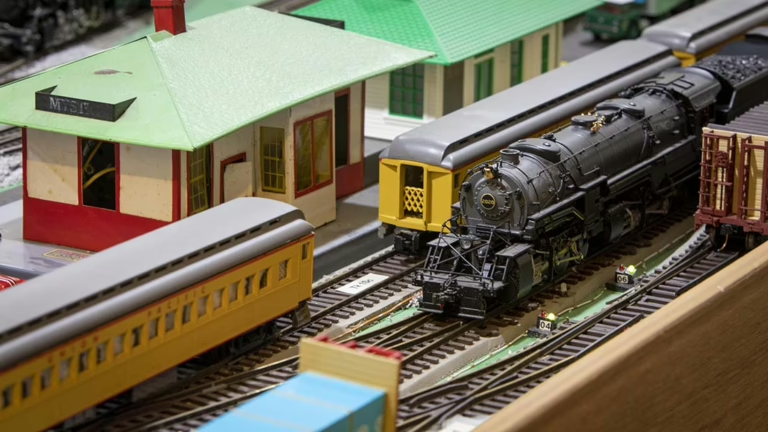Rolling Stock Through the Ages: A Look at the Different Types of Railroad Cars
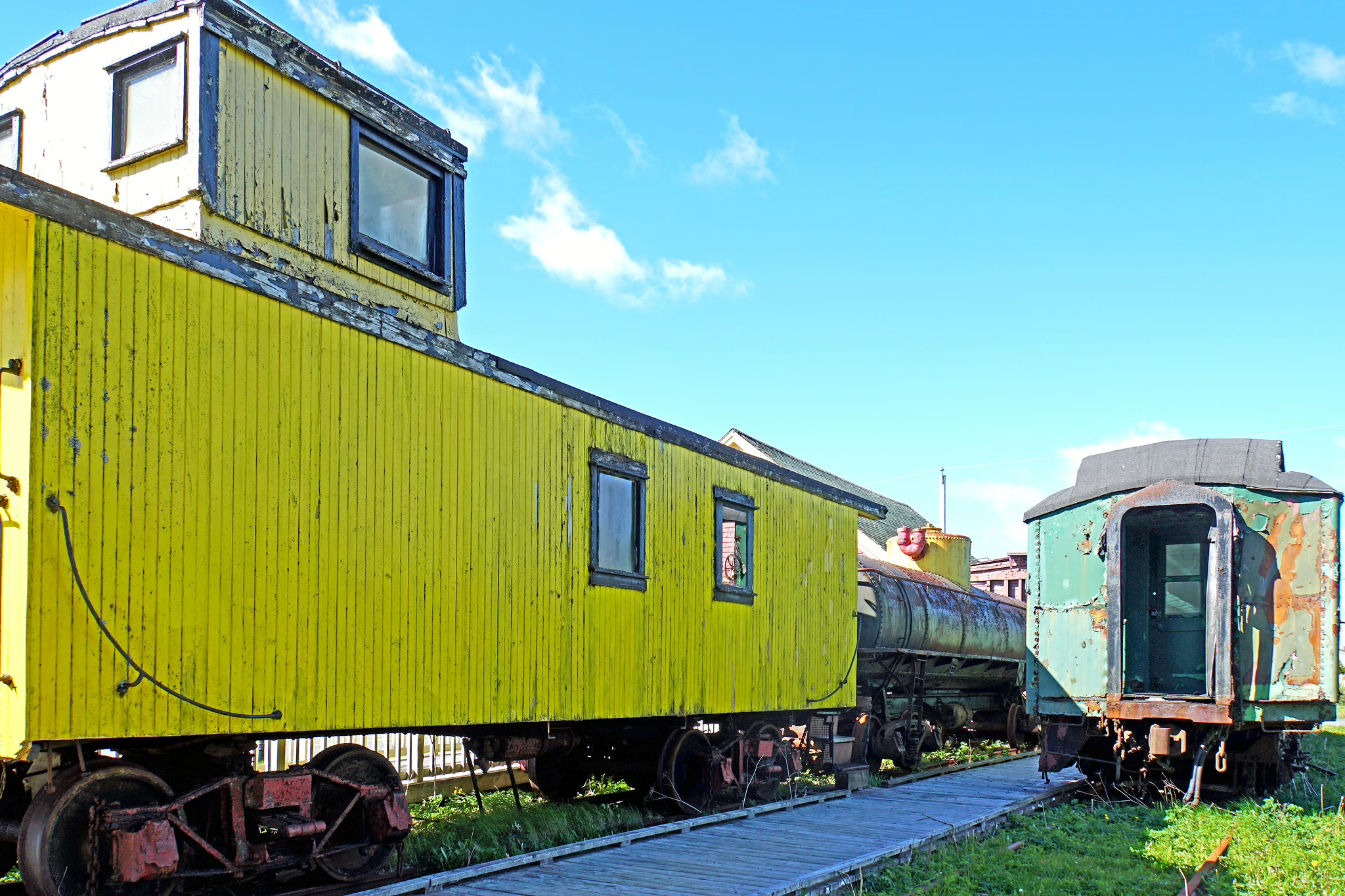
When you think of trains, your mind might jump to a sleek diesel engine or the iconic silhouette of a steam locomotive. But the true heart of any railroad isn’t just the locomotive—it’s the rolling stock. These are the freight and passenger cars that carry the goods, people, and stories of generations. From the early days of the iron horse to the high-speed railways of today, rolling stock has evolved dramatically to serve a changing world.
In this post, we’ll explore the major types of rolling stock—past and present—that have played critical roles in the development of railroads worldwide.
What Is Rolling Stock?
In railroading, rolling stock refers to all vehicles that move on a railway, including freight cars, passenger coaches, and maintenance equipment, excluding locomotives. It’s the cargo-hauling, passenger-toting backbone of every rail network.
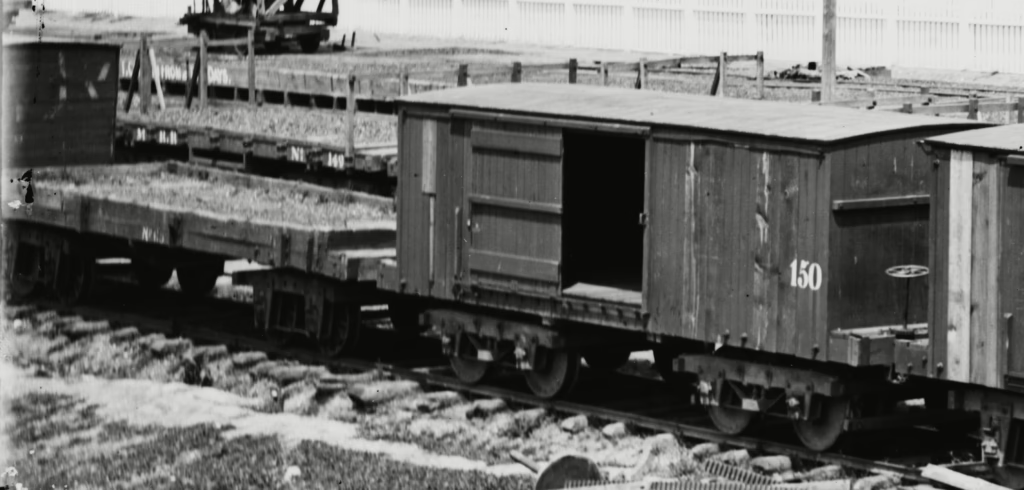
Early Era: 1800s – Wooden Simplicity
Flatcars
Among the earliest freight cars, flatcars were essentially wooden platforms on wheels. Used to haul logs, barrels, and even horses, these cars were basic but essential. In the mid-1800s, flatcars transported everything from iron ore to entire cannons during the Civil War.
Boxcars
By the 1860s, enclosed boxcars with sliding doors became more common. These were perfect for transporting goods that needed protection from the elements, like dry goods and furniture. Wooden boxcars dominated until steel began to replace them in the early 20th century.
Passenger Coaches
Early passenger coaches resembled stagecoaches mounted on rails. They had simple bench seating, wood-paneled interiors, and were lit by oil lamps. First- and third-class distinctions were common.
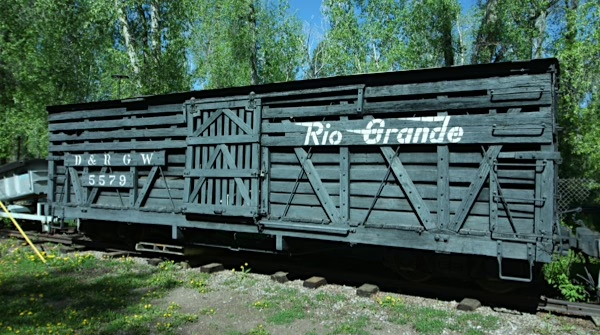
Specialized Cars of the 19th Century
Stock Cars
Designed to haul cattle, pigs, and sheep, stock cars featured slatted sides for ventilation. Livestock could be transported long distances, with water stops and resting stations along the route.
Refrigerator Cars (Reefers)
Introduced in the 1870s, ice-cooled refrigerator cars revolutionized the food industry. Suddenly, perishable items like meat and produce could be shipped across states and even internationally. These precursors to modern cold-chain logistics were packed with ice at icing stations en route.
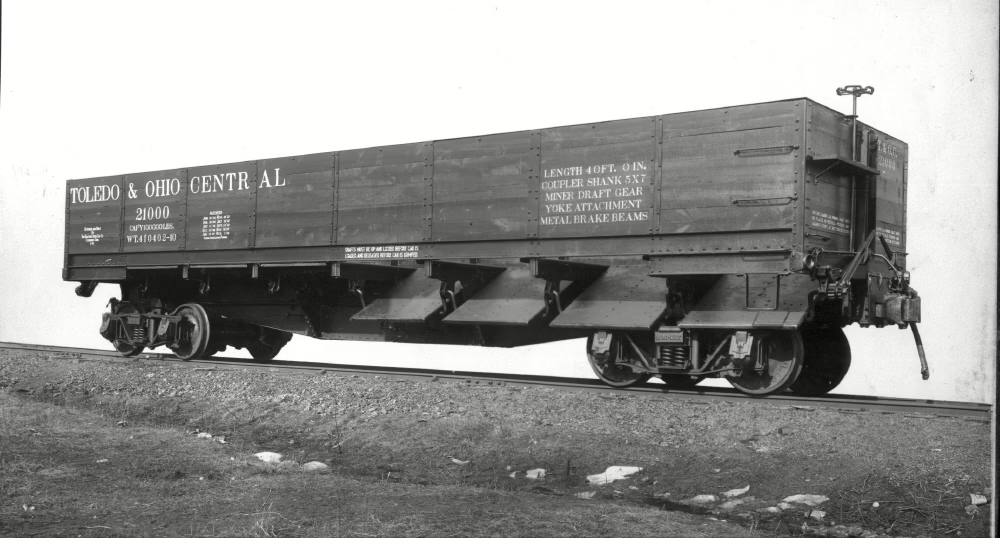
Industrial Expansion: Early 1900s
Gondola Cars
Low-sided and open-topped, gondolas were ideal for carrying coal, gravel, and scrap metal. They were commonly used in mining and steel operations. Their rugged, simple design made them easy to load and unload.
Hopper Cars
With angled chutes and bottom doors, hopper cars allowed gravity to unload materials like grain, ore, and coal quickly. Covered hoppers were later developed for weather-sensitive loads.
Tank Cars
Early tank cars were wooden barrels strapped to flatcars. By the 1910s, purpose-built steel tank cars appeared, used for oil, chemicals, and later, liquefied gases. These cars transformed petroleum transport across North America.
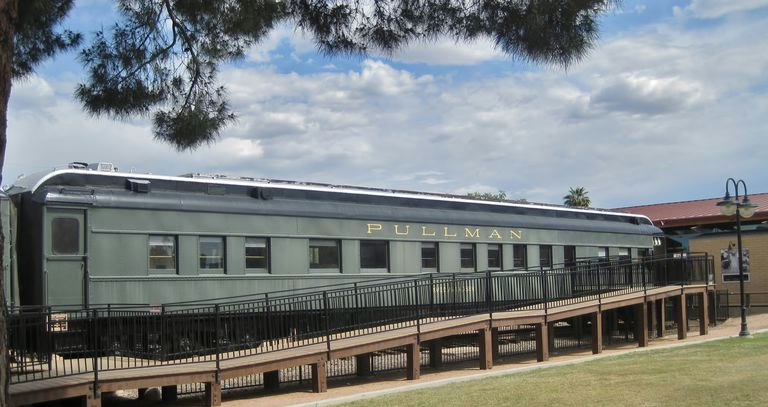
Golden Age of Passenger Rail: 1920s–1950s
Pullman Sleepers
George Pullman’s luxury sleeper cars offered sleeping berths, carpeting, and personal attendants. These cars became icons of comfort and class, especially on long-distance routes like the Santa Fe Super Chief.
Observation and Lounge Cars
With panoramic rear windows and plush seating, these cars were popular on scenic routes. Lounge cars often featured bar service and piano music.
Dining Cars
Rail travel was elevated by dining cars offering full meals prepared on board. These included fine china, linen service, and multi-course menus—an elegant experience unmatched by modern transportation.
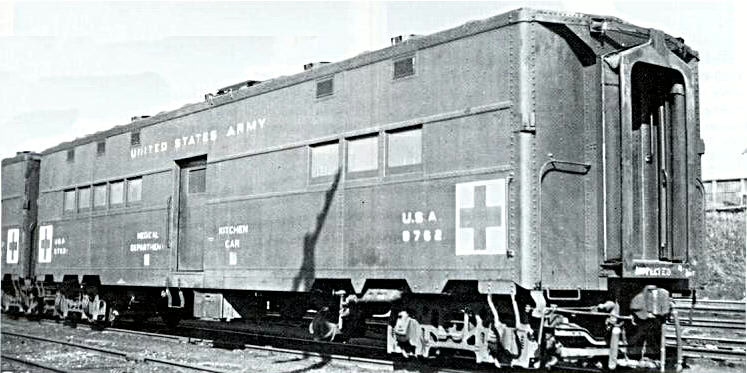
Wartime and Utility: 1940s–1960s
Troop Sleepers and Hospital Cars
During WWII, special rolling stock was developed to transport troops and wounded soldiers. These cars had bunk beds, kitchens, and medical facilities.
Cabooses
Although not strictly freight or passenger, cabooses deserve mention. These cars at the end of a freight train housed the train crew and provided office space, rest areas, and observation cupolas. Their use declined by the 1980s with the rise of electronic monitoring systems.
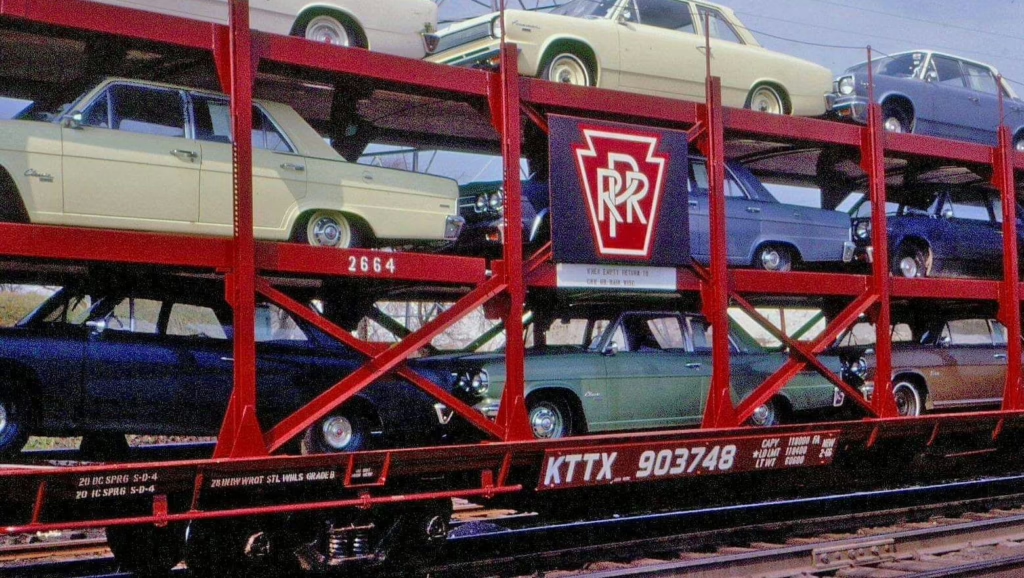
Modern Freight Cars: 1970s–Today
Intermodal/Container Cars
With the rise of global shipping, railcars adapted to carry standardized 20- and 40-foot containers. Well cars (or “double-stack” cars) allow containers to be stacked two-high, maximizing efficiency. These are vital links in modern supply chains.
Auto Racks
Developed to transport vehicles without damage, auto racks are multi-level enclosed cars used by automakers to move new cars and trucks across the country.
Covered Coil Cars
Used to carry rolled sheet metal for the automotive and construction industries, these cars have protective hoods that lift off with a crane.
Modern Tank Cars
Today’s tank cars are highly specialized, with insulation, pressurization systems, and sophisticated safety valves. They transport everything from ethanol to anhydrous ammonia.
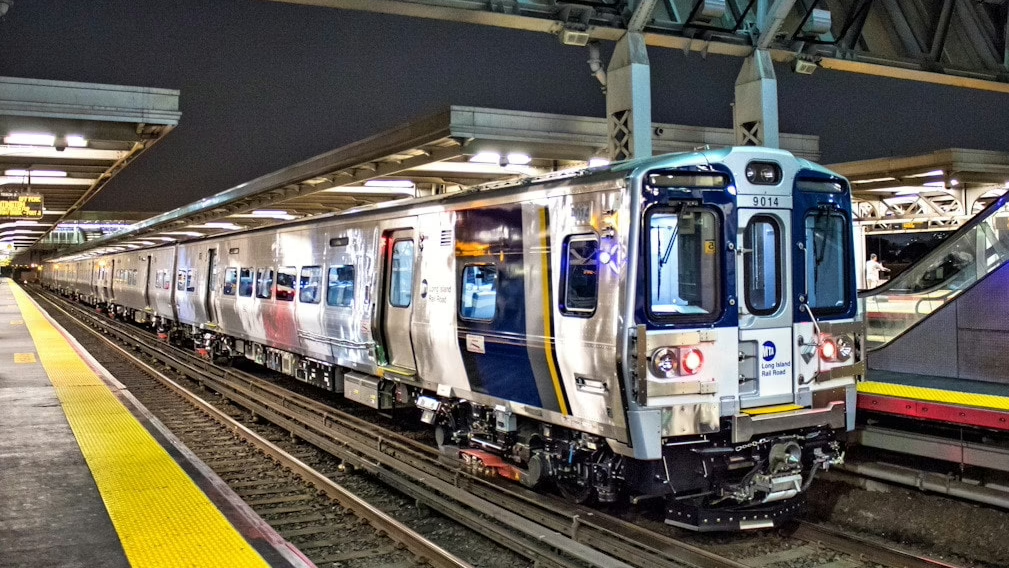
High-Speed and Commuter Rail: 1980s–Present
Commuter EMU and DMU Cars
Electric (EMU) and diesel (DMU) multiple units are self-propelled passenger cars used in urban and regional transit systems. Think of trains like Amtrak’s Acela, Metra, or the Northeast Corridor.
Light Rail and Streetcars
Rolling stock for light rail includes smaller vehicles used in city transit—modern successors to the trolleys of the early 20th century.
High-Speed Trainsets
Trains like Japan’s Shinkansen or France’s TGV use articulated trainsets where the cars share bogies. These streamlined units offer speed, comfort, and cutting-edge engineering.
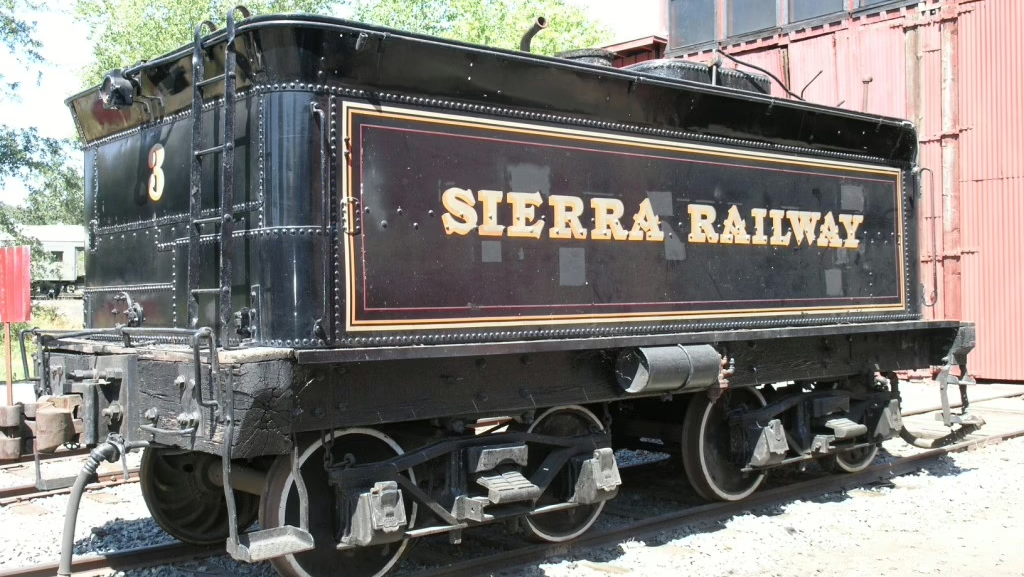
Tenders: The Unsung Heroes Behind Steam Power
While not traditional freight or passenger cars, tenders played a crucial role in the steam era and deserve a place in any discussion of rolling stock. These specialized cars were directly coupled to steam locomotives and carried the vital fuel (coal, oil, or wood) and water needed to keep the engine running.
Coal Tenders
The most iconic type, coal tenders were standard throughout the 19th and early 20th centuries. They featured a high-sided coal bunker and a water tank below or behind it. These tenders enabled long-distance hauling without frequent stops and were commonly seen behind American 4-4-0s and British express locomotives.
Oil-Fired Tenders
In arid or forested regions where coal was scarce, locomotives burned oil instead. Oil tenders housed large cylindrical fuel tanks and required less manual labor than shoveling coal. Railroads in the western U.S. and many in Mexico and South America favored this design.
Wood-Burning Tenders
Used primarily in early American railroading (1830s–1870s), these tenders carried stacks of chopped wood. They were quickly phased out as coal became more widely available.
Water-Only Tenders / Auxiliary Tenders
On longer routes, particularly in the American West or during wartime operations, locomotives were sometimes trailed by an auxiliary water tender—an additional tank car carrying only water to extend range between refills.
Evolution and Legacy
Tenders were largely retired alongside the decline of steam in the 1950s–1960s, replaced by self-contained diesel and electric locomotives. However, preserved steam engines today still use tenders, making them a vital part of heritage operations and historical train excursions.
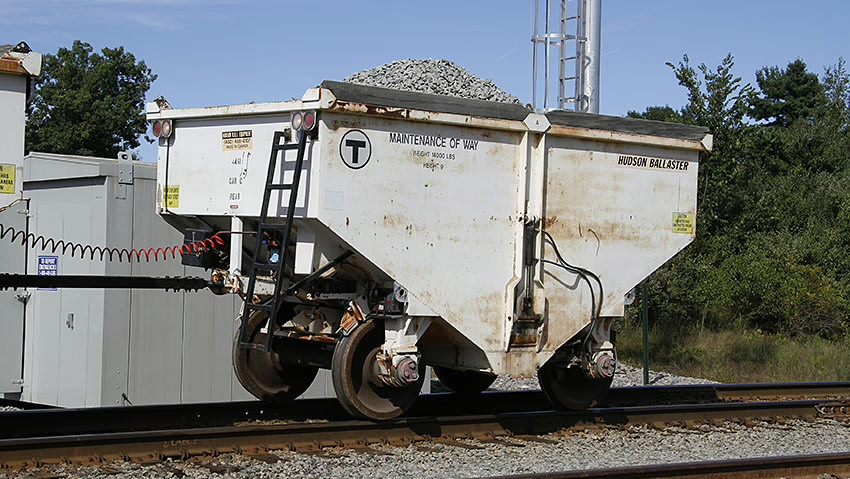
Maintenance-of-Way (MOW) Rolling Stock
Ballast Cars and Rail Grinders
Railroads operate special rolling stock dedicated to maintenance, such as ballast hoppers to spread gravel or rail grinders that smooth the track surface.
Crane Cars
Used for heavy lifting during track construction or derailment recovery, crane cars are often paired with boom tenders.
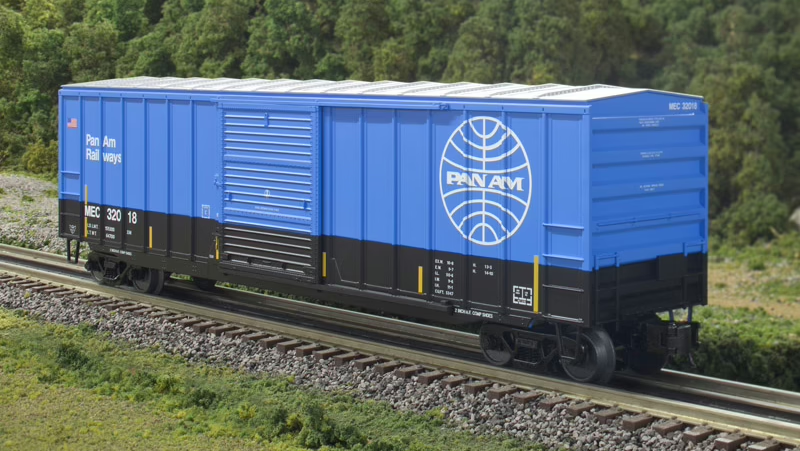
Rolling Stock in Model Railroading
For model train enthusiasts, rolling stock offers endless customization. From classic wooden boxcars to articulated intermodal cars, modelers can recreate entire eras in HO, N, or O scale. Companies like Athearn, Bachmann, Kato and Micro-Trains offer prototypical rolling stock spanning all railroad history.
If you’re building your fleet, Amazon and hobby retailers carry starter packs like:
Athearn HO ACF 2970 Covered Hopper Set of 3
KATO 10-033 N Gauge Freight Train Set of 6
Final Thoughts
Rolling stock has come a long way from wooden carts on iron rails to sleek high-tech marvels crossing continents. Whether you’re a railfan, modeler, or industry insider, understanding the types of rolling stock offers a deeper appreciation for how trains connect our world—both literally and historically.
Every car has a story—what’s yours?
Want more like this? Be sure to subscribe to The Roundhouse Report and check out our other posts about locomotives, rail history, and model layout designs.
